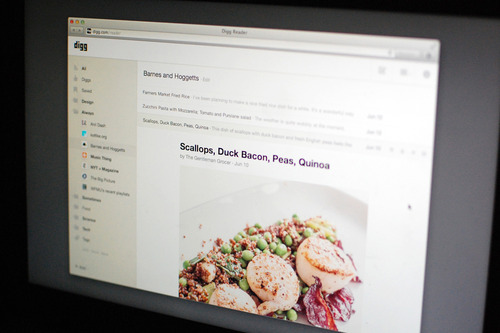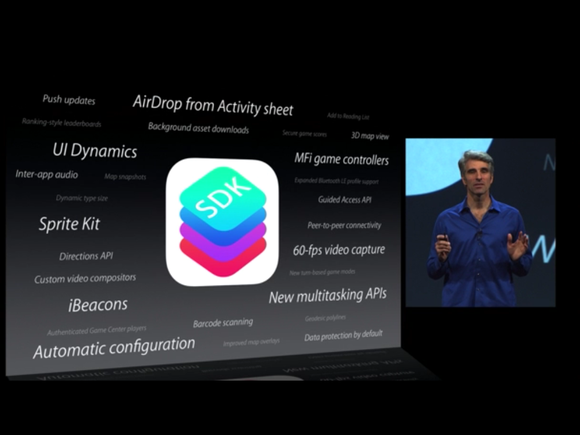Google Reader was introduced through Google Labs on October 7, 2005. Since then it has become the dominant RSS feed reader on the web, and is the go-to web app for millions of people around the world. Such is its dominance, that alternative readers have long since abandoned the cause. It is especially popular among tech journalists, who use the service to ensure they monitor all their online sources for every bit of news.
I have been using Google Reader since February 6, 2007, and in that time I have read an astonishing 236,470 articles - a little over 100 articles every day!
On March 13, 3013, Google announced that it would be closing Reader on July 1, 2013, due to declining use. This is the sad reminder that greets us when you open Reader now:
For some reason, Google have never offered a compelling mobile app for Reader, but many developers have launched apps that use the Google Reader backend. Reeder, Feedly, and my personal choice, Mr. Reader, are some of the leading iOS apps in this market.
Feedly has been hard at work to introduce its own service to replace Google Reader, and interestingly, has seen its user base jump from 4 million to 12 million since Google's March announcement. Unfortunately, the "new" Google measures users in hundreds of millions, so these figures apparently are insufficient for them to retain an interest in the sector. Perhaps Google thinks users will flock to Google +, but for me Google + doesn't have the focus of a good RSS reader. Perhaps apps like Flipboard and Zite can offer similar content, but neither one allows me to scan through articles with the same speed.
So where do users go?
The aforementioned Feedly yesterday announced via their blog the introduction of Feedly Cloud, and the Feedly web app which offers a very similar service to Google Reader. Users can now migrate their feeds from Reader over to Feedly Cloud, and they have already been approached by more than 200 developers since they announced their API.
Similarly, the team at Digg have been hard at work building their app, to be called Digg Reader (of course). In their blog they announced that they will be rolling out Version 1 shortly, but have promised everyone will have access by June 26. They will also offer migration from Google Reader, and their interface looks very clean and simple. Mobile apps are in development, and will offer cloud syncing. The service will be following the freemium model, but the team have said that all the features offered at launch will remain free. You can register for the service here.
For now, these 2 are the frontrunners for replacing Google Reader, and both offer plenty of promise. For the RSS faithful, this may even be a blessing in disguise. Google gave up on developing Reader long before their March announcement. The last update to the interface was on October 31, 2011, as part of the visual redesign of all Google products in 2011. The renewed competition in the sector might lead to some new innovation, and as consumers we should benefit.
Goodbye Google Reader, we hardly knew you.
Thanks for reading.


















